by Hayley-Jo Carr, Training Director & Coordinator at PIMS’s Reef Rescue Network
The Atlantis Blue Project Foundation’s mission includes helping to save endangered species and coral reefs throughout The Bahamas and they are certainly taking a step in the right direction with the ongoing success of their coral nurseries. Located in the lagoon at the heart of the Atlantis Bahamas resort it continues to successfully grow Finger Coral (Porites porites and Porites furcata) as well as critically endangered Staghorn Coral (Acropora cervicornis). The nursery is a mix of midwater designs including 2 line nurseries and 7 tree nurseries. These designs allow the coral to be suspended in the water column away from sediment and to grow in ideal conditions. 281 coral fragments are now being grown which yields over 500 corals to be outplanted annually onto local coral reefs.
Growing 120 fragments of Stahorn CoralImage by Rachel Miller
Growing 161 fragments of Finger CoralImage by Hayley-Jo Carr
Coral nurseries are an important component to marine conservation, as they provide a collection of species that can be added to the reef to help regenerate areas that are stressed or damaged. Last year two local coral reefs, one at Green Cay and the other at Rose Island, had more than 300 corals outplanted helping to create new habitats as well as assist the natural recovery of the species. By increasing population numbers and the numbers of distinct parent genotypes through propagation and outplanting of nursery grown fragments, sexual reproduction and recruitment are expected to have higher success rates. Consideration of genetic factors is essential because long-term success of restoration efforts may be influenced by genetic and genotypic diversity of restored coral populations. Acropora cervicornis is particularly important in these restoration efforts due to its decline on Bahamian reefs and the nursery is growing four distinct genotypes in the hopes of increasing diversity at the outplant locations to assist with future resilience.
Our goal is to outplant over 500 coral fragments annually onto local reefsImages by Hayley-Jo Carr
The Perry Institute for Marine Science Reef Rescue Network assists with the nurseries with the help from local volunteer divers, all who have been trained as PADI Reef Rescue Divers so they can correctly maintain and outplant the corals. We are grateful to all of the volunteers who assist with this monthly maintenance and yearly outplanting activities. It is important that every month the nursery structures are cleaned from algae, sponges, and anything growing on the lines to protect the corals. The nurseries attract lots of marine life and you can enjoy seeing many fish including Chubs, Sergeant Majors, Parrott Fish, File Fish and Snappers.
Many fish swim around the Atlantis coral nurseriesImage by Rachel Miller
We are excited to announce we will be heading out to a local reef in the next couple of weeks to outplant more corals, this time at Shelley’s Reef which is located just past Green Cay and we look forward to providing an update after this event. Corals have previously been outplanted to Green Cay and Cannonball Reef next to Rose Island.
Our coral nurseries aim to raise awareness to local Bahamians and visitors about the importance of coral reefs and what they can do to help stop further deterioration. Healthy restored coral reefs play an important role in tourism and visitors who participate in many of our activities are helping fund this important work. We look forward to welcoming you to Atlantis Bahamas again soon and encourage you to take a snorkel in our lagoon to say hello to our corals in the nursery.
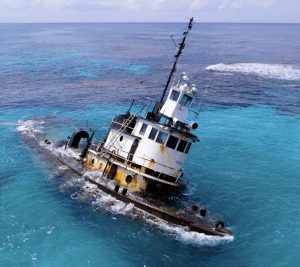
A Year Later, Stranded Tug and Barge Still Scars Reef in Fowl Cays National Park–Residents Demand Accountability
A haunting aerial view of the grounded tug and barge in Fowl Cays National Park—still embedded in coral a year later, a stark reminder of the cost of inaction. Photo
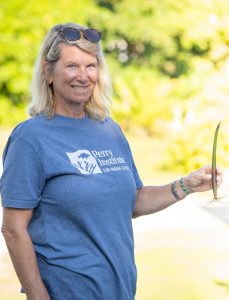
Women Leading Mangrove Restoration in The Bahamas
Have you ever wondered who’s behind the scenes saving our environment, right in our own backyard? Picture a group of energetic, determined women rolling up their sleeves and diving into
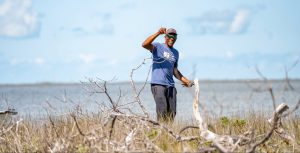
Rewilding the Marls of Abaco: PIMS Plants 100,000 Mangroves and Counting in 2024
As the afternoon sun bathes the Marls of Abaco in golden light, Bahamian boat captain Willis Levarity–locally known as “Captain to the Stars”–stands ankle-deep in soft, warm mud. A broad
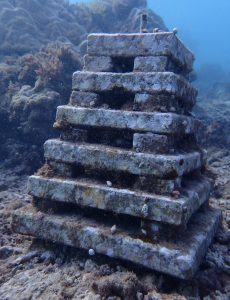
Unveiling Coral Reef Biodiversity: Insights from ARMS Monitoring Structures
An ARM teeming with new coral recruits and a diversity of marine life, highlighting reef recovery and biodiversity Understanding Coral Reef Biodiversity Most new PhDs in the natural sciences move
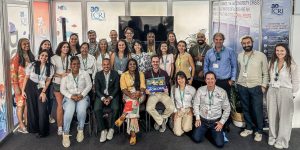
7 Key Takeaways from COP16: Confronting Coral Reef Challenges in a Changing Climate
United #ForCoral: Experts, advocates, and leaders from across the globe join forces at COP16 for the #ForCoral conference, hosted by the International Coral Reef Initiative. Together, they’re driving urgent action
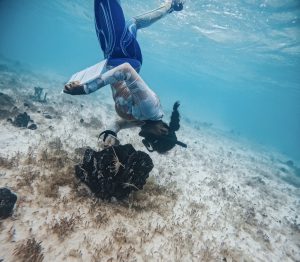
Fieldwork Wrap-Up: Strengthening MPA Management in The Bahamas
Marine protected areas (MPAs) are critical tools in the conservation of marine species and habitats, safeguarding reefs, seagrasses, and mangroves that provide vital ecosystem services to coastal communities. At the
